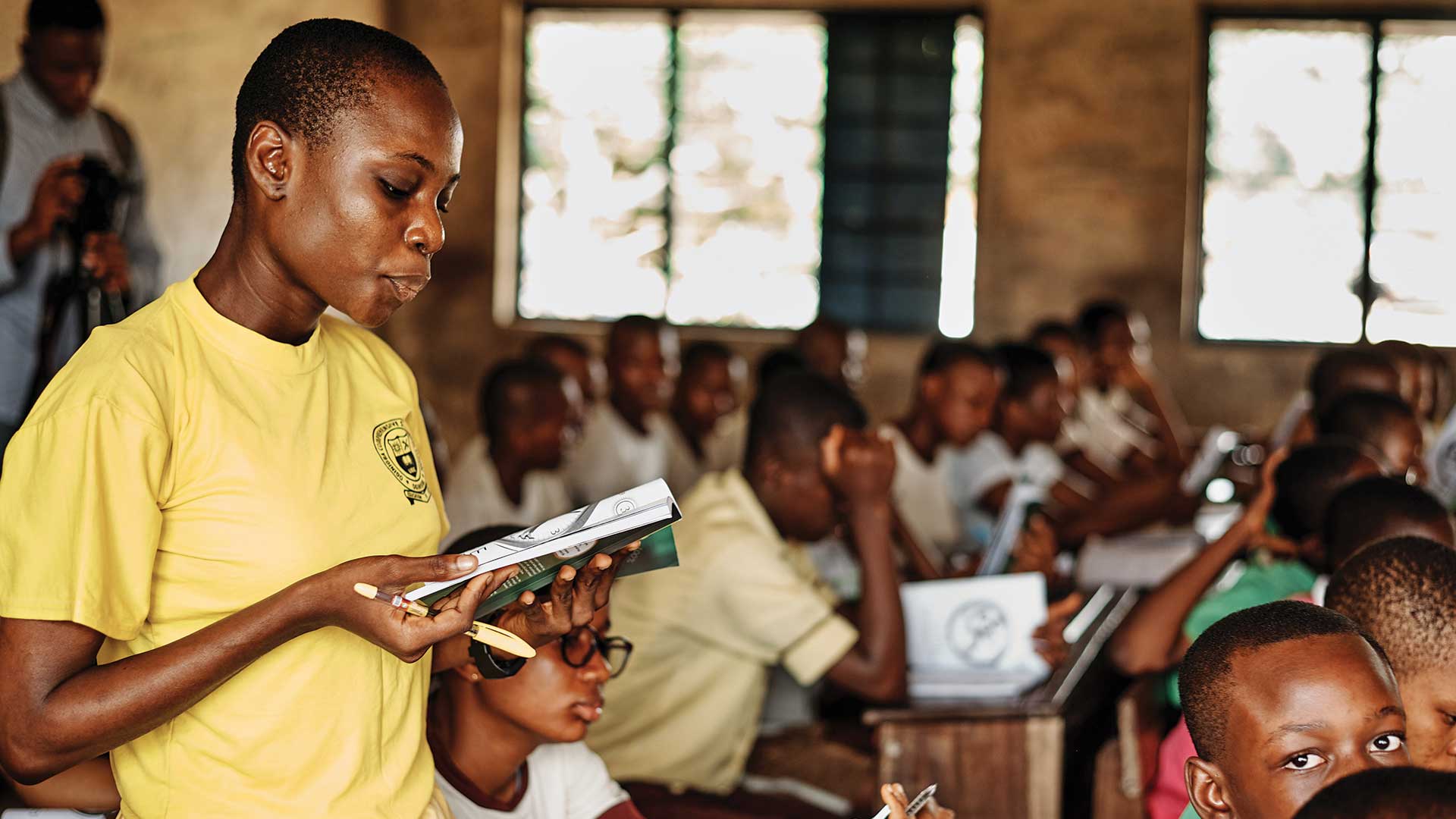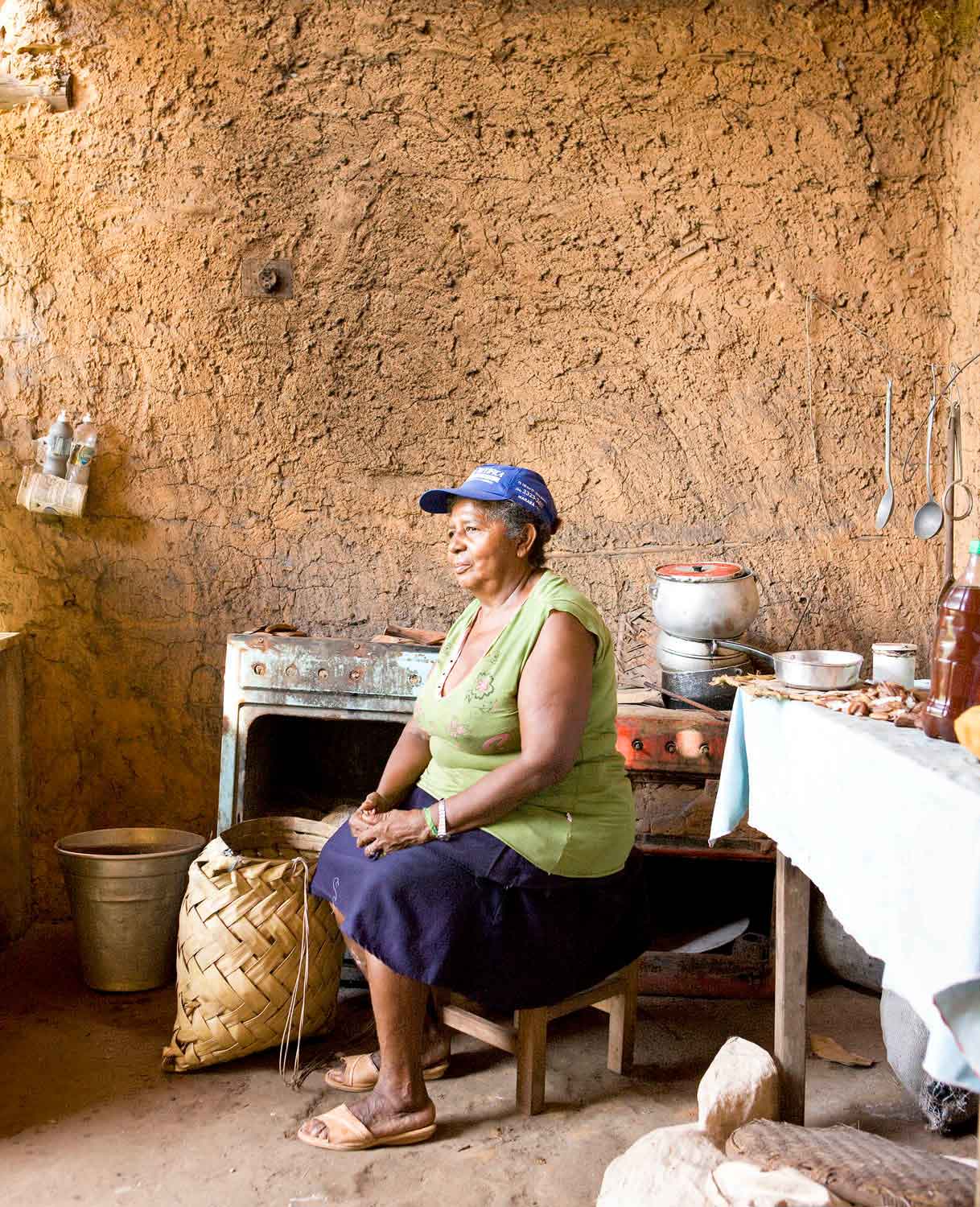In an increasingly interconnected world, teaching about diversity and global competency is necessary for ensuring success in a students future.
How we see education is changing rapidly, and today’s students are presented with new opportunities to help them engage with the world at large. This is where global competency comes in.

Aimed at the “acquisition of in-depth knowledge and understanding of international issues, an appreciation of and ability to learn and work with people from diverse linguistic and cultural backgrounds, proficiency in a foreign language, and skills to function productively in an interdependent world community” global competency fosters a sense of empathy within students that transfers well beyond the classroom.
Simply put, global competency motivates students to understand the world beyond their classroom and take direct action on the issues that inspire them, both internationally and in their local community.
And while introducing students to new ideas and beliefs is the basis of any educational institution, teaching global competency and compassion isn’t inherently an easy task.
The challenge lies in creating a deeper sense of empathy for issues that are more removed from a student’s average day to day experience. The teachers that are truly leading their students toward a more global and civically engaged mindset, are doing more than just briefly cover important social justice issues.
They are igniting inspiration.
It’s in this gap between teaching and inspiring where the importance of documentary films finds its footing in today’s classrooms. Documentaries not only introduces students to new issues and cultures, but also empowers them to take action. By introducing students to a wide range of social, environmental, and political issues, teachers expand their students’ frame of reference and encourage them to be more global citizens.

Film Still | Brazil’s Warrior Women
Stories like those of the the indigenous women in Northern Brazil who are fighting for better protection of the babassu palms trees that support their livelihood in BRAZIL’S WARRIOR WOMEN or the struggles and limitations of three queer individuals living in South Africa in FROM THE SAME SOIL, documentaries give students an unparalleled look into the complexities behind many social justice issues.
By using film as a way to bring in new conversations about the world around them, teachers can engage students in a wider conversation about their role in global advocacy.
And while documentary films can help to illustrate greater themes of diversity and activism within a teacher’s daily lesson plan, they also inspire further curiosity and interest in global development and cultural inclusion.
These skills give students a foundation to better entertain a global perspective on issues that impact them, giving them better problem solving skills and inspiring creative and innovative solutions.
When used with a dynamic lesson plan, documentary films can serve as one of the best ways to inspire empathy and motivate change.
•••••
SIMA Academy brings you global citizenship education through the power of film. Try our 7-day trial here.